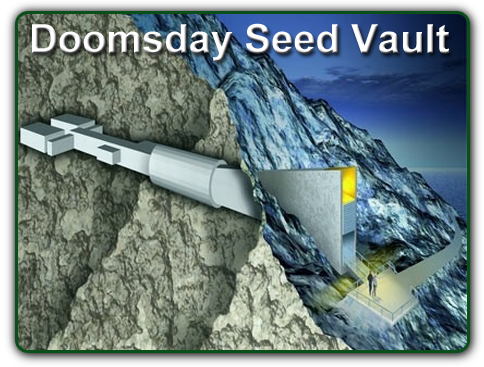
These have a shorter period of blooming than their annual counterparts. Cucumbers, squash, and lettuce are annuals. Know Your Annuals, Perennials, and Biennials, and Treat Them Appropriately. However, there are some general rules that everyone should follow. It’s going to differ from garden to garden and homestead to homestead. Like we’ve said, choosing seed is a very personal, local decision. Your typical harvest x 2 x 6 = The right amount of emergency seed. In other words, when planning how much seed to purchase, use the following equation: Three years will give you plenty of time to get your together, get settled out, and harvest the seeds. Then I would say by at least six three years’ worth of garden. How much do you usually plant? How much do you usually harvest? multiply it by two for friends and family coming to your place during long-term collapse. Some of the best advice we’ve seen on the subject comes from Kevin at SurvivalBoards, who says: Suffice to say, answering these questions takes either personal experience or guidance from a mentor who lives nearby and knows what works in your area. What crops have you selected for planting?.There are lots of factors that can influence how many pounds of seed you ultimately buy, and each of them depend entirely on your personal situation. This may well be the most complicated part of planning your seed vault. It’s not as easily accessible-though some people have found a way to fix that. This is something like a mix between a root cellar and a basement. A room with a tile or wood floor is best, to keep temperatures down. Yes, it’s a project to build, but if you’ve got the will, it’s well worth your time. If you’ve got the property for it, consider digging a root cellar. With that in mind, here are some other excellent backup locations for your seed vault: We echo that recommendation with a caveat: you may not be able to power a freezer when SHTF.

It can extend shelf life up to five years. Store in a Cool, Dry Place – Lots of homesteaders recommend storing your seeds in a freezer, and for good reason. If that means light-blocking curtains or even aluminum foil, so be it. Keep Away from Sunlight – Photosynthesis is a miracle…and it’s your job as a prepper to stop it! Keep your seeds away from sunlight. Also, make sure it’s packed with an oxygen absorber. A glass jar with a screw lid and rubber gasket will do. Whatever container you use to store seeds, make sure it’s as air and watertight as can be. Keep Away from Oxygen and Water – First, as with all long-term foods, oxygen and water are shelf-life killers.

Seeds are the best way to accomplish that. You need a sustainable source of food you can live on for years, perhaps even indefinitely. It’s about being fully prepared for the worst-case scenarios.Īnd in a worst-case scenario, the emergency food storage you have packed away won’t last long enough. It’s a fair question, and the answer is this: true preparedness is about being ready for more than just the “most likely” scenarios. “Why do I need more stuff? Why do I need a seed vault?” I have more powdered milk stashed away than I could ever drink. “But Jack,” you might say, “I have buckets and buckets of dried beans. Why You Need to Build Your Own “Svalbard” Seed Vault The good news is that the resources needed to build your very own seed vault are available today, and they’re easy to get. If (and when) the peanut butter hits the fan, our fate is in our own hands. None of us will ever touch a single one of those seeds. Some call the Svalbard Vault humanity’s last lifeline a complete backup food source in the event of a “doomsday” scenario.īut let’s be honest. It’s the northernmost settlement in the world, and home to the largest, most diverse collection of seeds anywhere: the Svalbard Global Seed Vault. High up in the wilds of Norway, just 800 miles from the North Pole, sits the town of Longyearbyen.

#Prepping your doomsday vault how to#
How to Make a “Svalbard” Seed Vault of Your Own


 0 kommentar(er)
0 kommentar(er)
